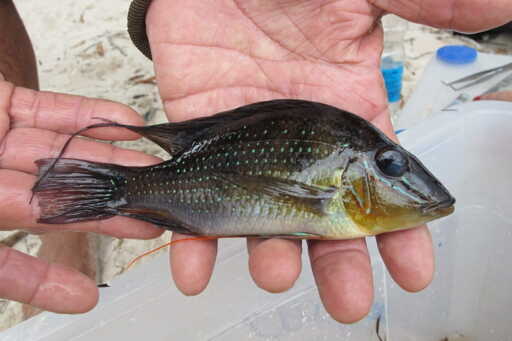On the morning of March 26, 2013, approximately 60,000 liters (16,000 gallons) of an oil byproduct used to produce asphalt spilled from a barge on the Negro River, near the São Raimundo Harbor in Manaus. When researcher Helen Sadauskas-Henrique saw the news on TV, she did not hesitate to cancel plans to spend Easter with her family in São Paulo and rushed to the site to collect samples. “I had already conducted lab tests on the effects of oil exposure on fish in the Negro River, but I’d never observed anything like this in the natural environment,” recalls Sadauskas-Henrique, now a professor at Santa Cecília University and a researcher at INCT Adapta, headquartered at the National Institute for Amazonian Research (INPA). “It was all very fast and intense. The samples had to be collected as quickly as possible to assess the impacts, both immediately and over time.” The results of this effort were published in the journal Environmental Research. The team evaluated the effects of oil over 10, 45 and 90 days on two species that are common in the Negro, the threadfin acara (Acarichthys heckelii) and the demon eartheater (Satanoperca jurupari), using samples taken from a clean stretch of the river in the Tupé Sustainable Development Reserve as references — that is, a place without significant influence from human activities or the spill. The study shows that the concentration of the contaminant in the water decreased with rising water levels, but the fish continued to exhibit effects of exposure…This article was originally published on Mongabay
From Conservation news via this RSS feed


